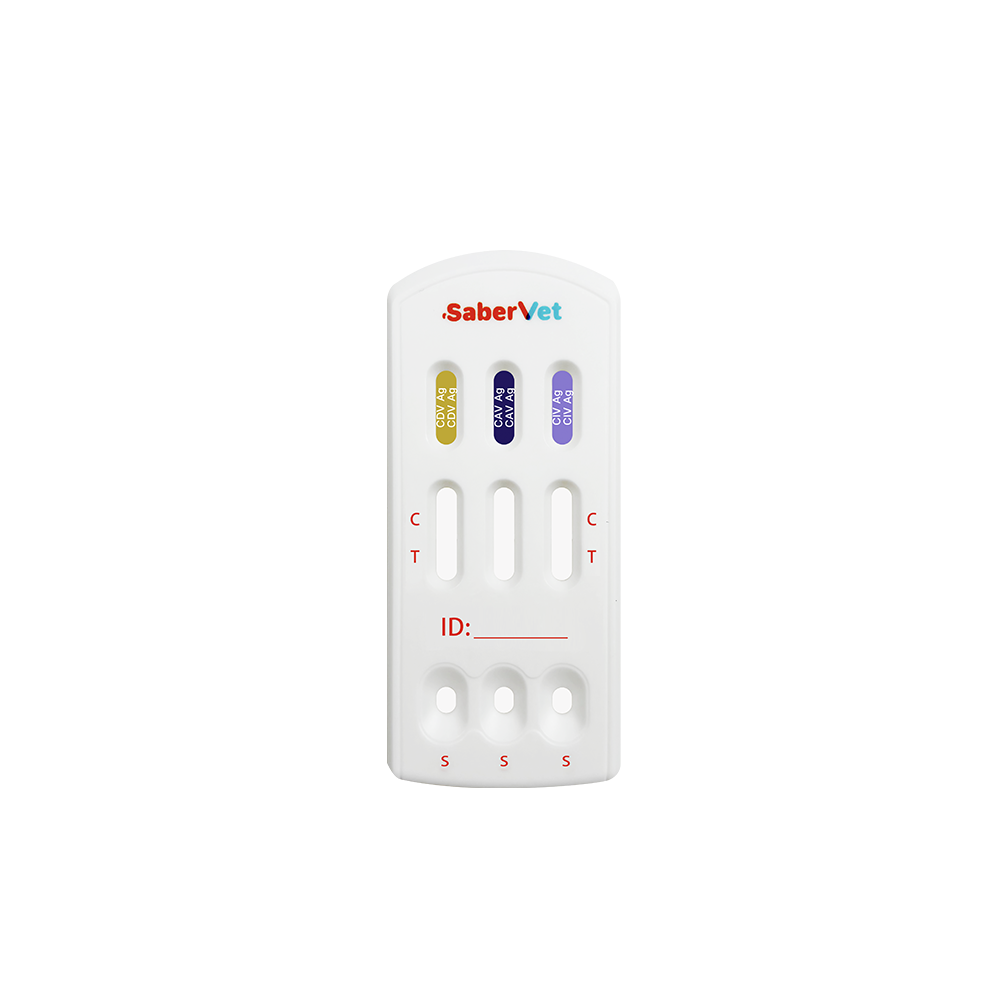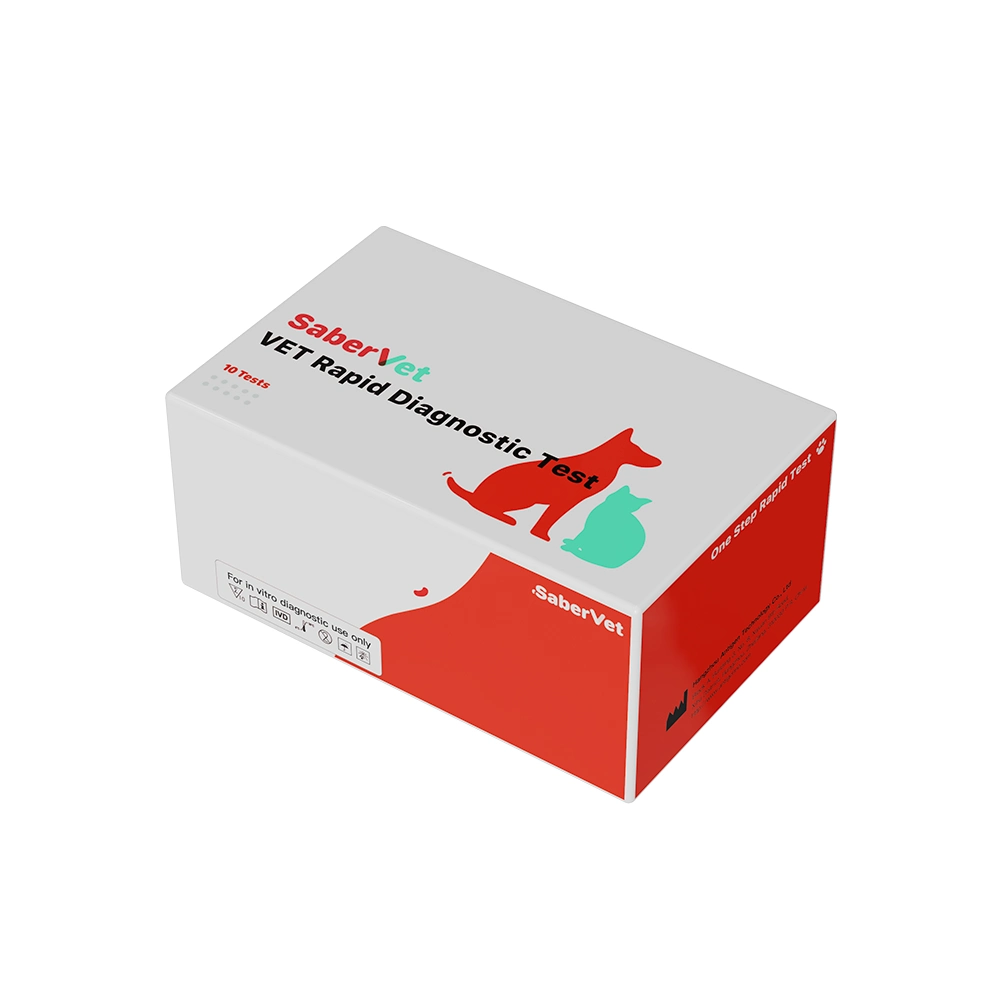Canine respiratory disease, a common infectious disease, is spread primarily through the body fluids of infected dogs. Canine distemper virus, canine adenovirus and canine influenza virus are the most common pathogens that cause respiratory diseases.
What canine distemper virus, canine adenovirus and canine influenza virus have in common?
Impact on canine health: All three viruses can have a serious impact on canine health, causing varying degrees of disease symptoms.
Respiratory symptoms: Canine distemper virus, canine adenovirus and canine influenza virus can all cause respiratory symptoms such as coughing, runny nose, sneezing and difficulty breathing.
Highly contagious: All three viruses are highly contagious and are spread through direct contact with body fluids (e.g., snot, saliva) or contaminated objects from infected dogs.
Vaccination: There are vaccines available for all three viruses, and infection can be effectively prevented through vaccination. Vaccination is an important means of controlling the spread of these viruses and reducing the incidence of disease.
Multi-systemic effects: Although mainly affecting the respiratory system, infection with these three viruses may also cause multi-systemic symptoms, such as gastrointestinal symptoms (vomiting, diarrhea), neurological symptoms (convulsions, seizures), and systemic symptoms (fever, weakness).
Need for good hygiene management: The key to preventing these viral infections is to maintain good hygiene management, including a clean environment, regular disinfection and reducing close contact between dogs.
In areas where dogs are concentrated (e.g. kennels, kennels), it is especially necessary to strengthen preventive measures to prevent the spread of the viruses.
Differences between canine distemper virus, canine adenovirus and canine influenza virus
Types of pathogens
Canine distemper virus is an RNA virus belonging to the family Paramyxoviridae.
Canine adenovirus: It is a DNA virus with two main types: canine adenovirus type 1 (CAV-1) and canine adenovirus type 2 (CAV-2), which cause infectious hepatitis and respiratory diseases respectively.
Canine Influenza Virus: It is an RNA virus belonging to the family Orthomyxoviridae.
Main symptoms and effects
Canine distemper virus: Causes canine distemper with complex and varied symptoms, including respiratory symptoms, gastrointestinal symptoms, neurological symptoms and skin lesions.
Canine adenovirus: CAV-1 mainly causes infectious hepatitis with symptoms including fever, jaundice and abdominal pain; CAV-2 mainly causes respiratory infections with symptoms similar to canine influenza.
Canine Influenza Virus: CAV-2 mainly causes respiratory symptoms such as cough, runny nose, fever and loss of appetite, similar to human influenza.
Canine Distemper Virus & Canine Adenovirus & Canine Influenza Virus Antigen Test
Antigenne has developed a canine distemper virus & canine adenovirus & canine influenza virus antigen test card, which can help users to detect the infection of related viruses when their dogs show respiratory symptoms.












